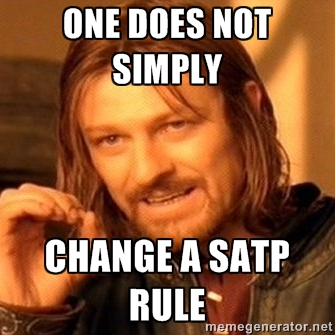So in a blog series that I started a few weeks back (still working on finishing it), I wrote about managing snapshots and resignaturing of VMFS volumes. One of the posts was dedicated to why I would choose resignaturing over force mounting almost all of the time.
An obvious question after that post is, well when would I want to force mount? There is a situation where i think it is a decent option. A failover situation where the recovery site is the same site as the production site, in terms of compute/vCenter. The storage is what fails over to another array. This is a situation I see increasingly common as network pipes are getting bigger.
Continue reading “Semi-transparent failover with VMFS and Active/Passive Replication”



